Roof Replacement Essentials: Safeguarding Your Home for Years to Come
Introduction
Keeping a watchful eye on your roof’s health is essential for maintaining a safe and secure home. A properly functioning roof shields you from rain, wind, and sunlight, but how do you know when it’s time for a replacement? This blog will unveil the warning signs that signal a roof replacement is necessary, and emphasize the importance of a sturdy roof for your home’s overall well-being. From missing shingles to water damage, we’ll shed light on the key indicators that it’s time to invest in a new roof, ensuring your home remains a haven for years to come.

Assessing the Need for Roof Replacement
Recognizing the Signs
There are two key areas to inspect for potential roof damage:
Interior Signs
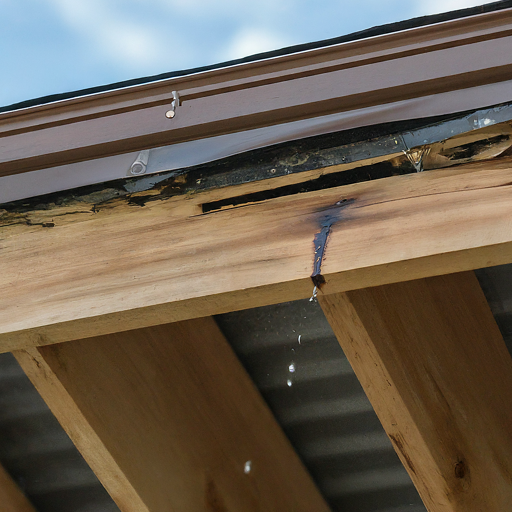
- Water Stains: Look for brown or discolored patches on your ceilings or walls. These can indicate water leaks in your roof, allowing water to seep through.
- Sagging Ceiling: A sagging ceiling structure is a serious sign that your roof may be compromised and unable to support its own weight. This can be caused by water damage or structural deterioration.
Exterior Signs
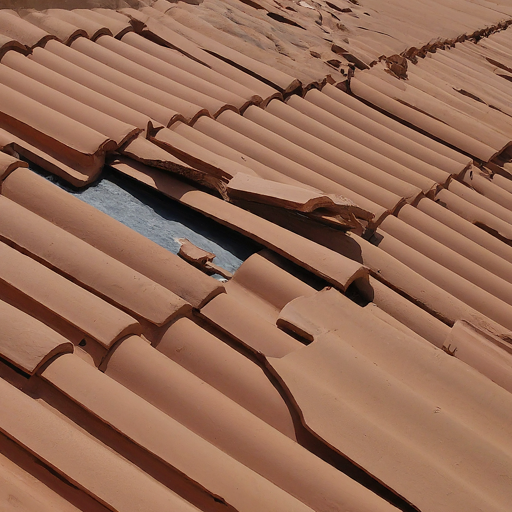
- Missing Shingles: Missing shingles expose the underlying roof deck to the elements, making your home vulnerable to leaks.
- Cracked Tiles: Cracked or broken tiles on roofs made of materials like clay or concrete can create openings for water to seep in.
- Visible Wear and Tear: Keep an eye out for general signs of time aging on your roof’s surface, such as curling or blistering shingles, or excessive granule loss .
The Importance of Regular Inspections
Early detection is key to preventing costly repairs down the line. Regular roof inspection, both by yourself and a roofing professional, are crucial for catching potential problems early on. Here’s how:
- Self-Inspections: Schedule regular visual inspections of your roof from the ground. Look for the signs mentioned above and clear any debris that may be accumulating.
- Professional Inspections: It’s recommended to have a qualified roofer inspect your roof at least every two to three years, or more frequently if you live in an area with harsh weather conditions. A professional can identify hidden problems and recommend the best course of action.
Planning for Roof Replacement: A Step-by-Step Guide
Budgeting for the Project
A new roof is a significant investment, so creating a realistic budget is crucial. Here’s a breakdown of the costs involved:
- Materials: The cost of roof types varies depending on the type you choose
- Labor: This includes the cost of hiring a qualified roofing contractor and their crew.
- Permits and Inspections: Depending on your location, you may need permits for the project and inspections to ensure compliance with building codes.
- Waste Removal: Factor in the cost of disposing of old roofing materials.
Financing Options
If the upfront cost is a concern, explore financing options available from roofing companies or lenders.
Choosing the Right Roofing Materials
The type of roofing material you choose significantly impacts the project’s aesthetics, durability, and cost. Here’s an overview of some popular options:
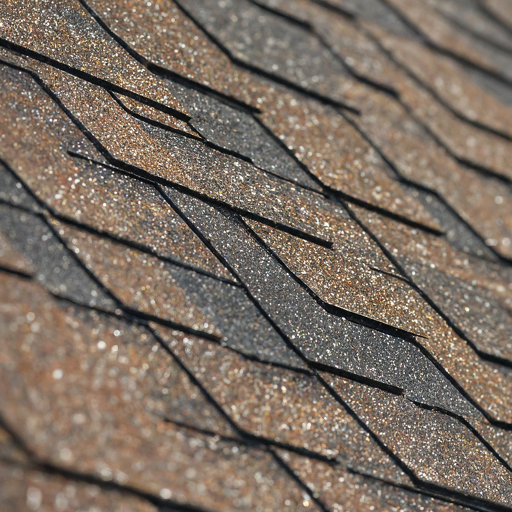
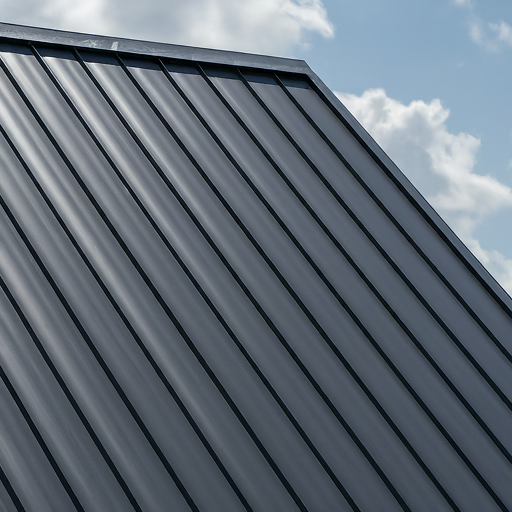
- Asphalt Roofing: The most affordable option, offering a variety of colors and styles. However, they have a shorter lifespan compared to other materials.
- Metal Roofing: Exceptionally durable and long-lasting, but can be more expensive than asphalt shingles. Available in various styles and colors.
- Tile Roofing: Offers a luxurious look and superior durability, but is the most expensive option on this list. Consider its weight for your roof structure.
- Wood Roofing: A classic aesthetic choice, particularly for rustic-style homes. Requires more maintenance and has a shorter lifespan than other options.
Hiring the Right Roofing Contractor
Selecting a qualified and reliable contractor is paramount. Here’s how to find the right fit:
- Research Local Contractors: Ask friends, family, and neighbors for recommendations. Read online reviews and check the contractor’s Better Business Bureau (BBB) rating.
- Checking Credentials and Reviews: Ensure the contractor is licensed and insured. Verify they have experience working with your chosen roofing material.
- Getting Multiple Quotes: Obtain quotes from at least 3-5 reputable contractors. Compare their pricing, materials offered, warranty terms, and overall professionalism.
The Roof Replacement Process: A Step-by-Step Guide
Preparing for the Replacement
Before the work begins, there are a few crucial steps to take:
- Clear the Workspace: Remove any furniture, grills, or potted plants from around the perimeter of your house. This creates a safe work zone and protects your belongings from falling debris.
- Protecting Landscaping and Exterior Features: Inform the contractor if you have any delicate landscaping or architectural features that need extra protection during the project. They may use tarps or plywood to shield these areas.
Removing the Old Roof
Tearing off the old roof is the first major step. Here’s what to expect:
- Techniques and Safety Measures: Qualified roofers will use proper tools and safety equipment like harnesses and fall protection. They’ll remove the old shingles or tiles section by section, disposing of them responsibly.
- Inspection and Assessment: As the old roof is removed, the underlying roof sheathing decking will be inspected for any signs of rot or moisture damage. If necessary, repairs will be made before installing the new roof.
Installing the New Roof
Once the old roof is gone, the magic of creating your new roof begins! Here’s a breakdown of the key steps:
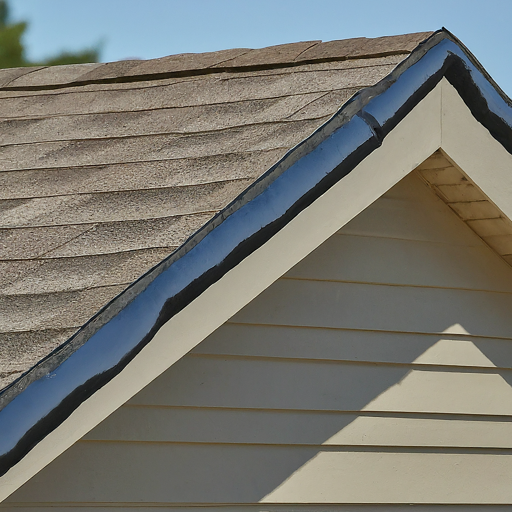
- Underlayments: Waterproofing underlayment is installed over the entire roof deck. This acts as a secondary barrier against moisture infiltration.
- Installation Process: Depending on your chosen material, the roofers will meticulously install the new shingles or tiles, ensuring proper overlapping and nail placement for a weatherproof seal.
- Ventilation Considerations: Proper roof ventilation system is crucial for preventing heat buildup and moisture condensation in your attic. Roofers will install vents to allow for adequate airflow.
Clean-Up and Final Inspection
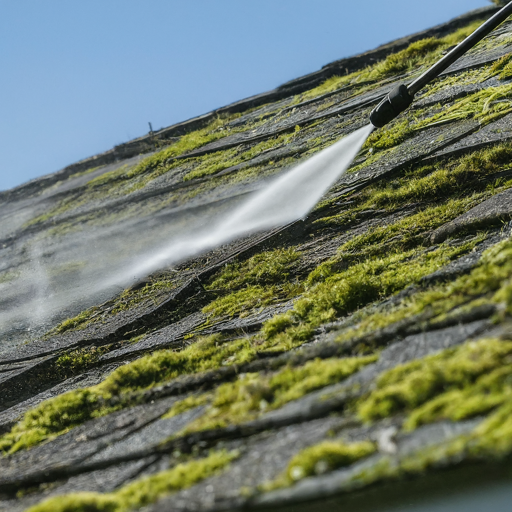
The final steps ensure a clean and finished product:
- Clean-up: The roofing crew will thoroughly clean up the work area, removing all debris and leftover materials.
- Final Inspection: A meticulous inspection is conducted to ensure the new roof is installed correctly and meets all building code requirements. Most reputable contractors will also offer a warranty on their work.
Aftercare and Maintenance: Ensuring Your Roof’s Longevity
Extending Your New Roof’s Lifespan
- Regular Checkups: Schedule professional inspections twice a year to catch minor issues before they become major problems.
- Clear the Clutter: Regularly remove leaves, branches, and debris that trap moisture and damage shingles.
- Fix It Fast: Don’t ignore leaks, missing shingles, or loose flashing. Address them promptly to prevent further damage.
Dealing with Common Roof Issues
- Leaks: If you discover a leak, don’t panic! Identify the source of the leak as soon as possible and contact a qualified roofer for repairs. Early intervention can prevent further water damage to your home’s interior.
- Mold and Mildew: Moisture buildup under your roof can lead to fungus mold growth. Ensure proper ventilation in your attic and address any leaks promptly to prevent these issues.
- Storm Damage: Severe weather events like hail lightning or strong winds can damage your roof. After a storm, inspect your roof for any signs of damage and contact a qualified roofer for an assessment. Remember to document any storm damage for insurance purposes.
Warranty and Insurance Considerations
- Warranty: Most reputable roofing contractors offer warranties on their work and materials. Understand the terms of your warranty and contact the contractor if you experience any issues covered under the warranty.
- Insurance: Your homeowner’s insurance policy likely covers roof damage caused by certain events like hail or windstorms. Review your policy and understand your coverage in case of such events.
Conclusion
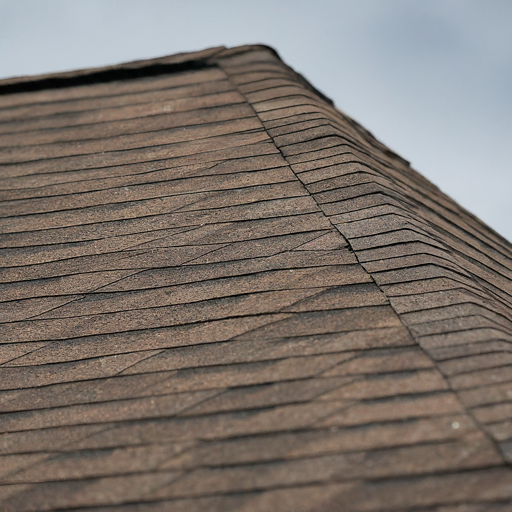
In conclusion, a well-maintained roof is an investment that pays off. By following these simple tips – regular inspections, clearing debris, and prompt repairs – you can extend your roof’s lifespan and ensure your home remains a haven for years to come. Remember, a healthy roof protects your most valuable asset, bringing peace of mind along with a cozy shelter.
